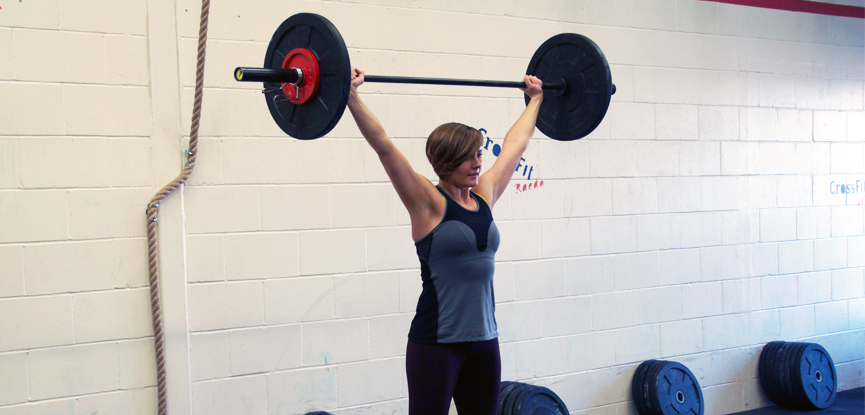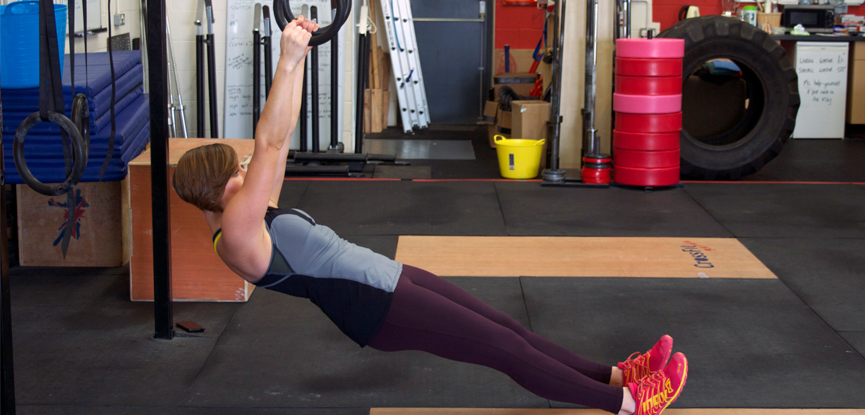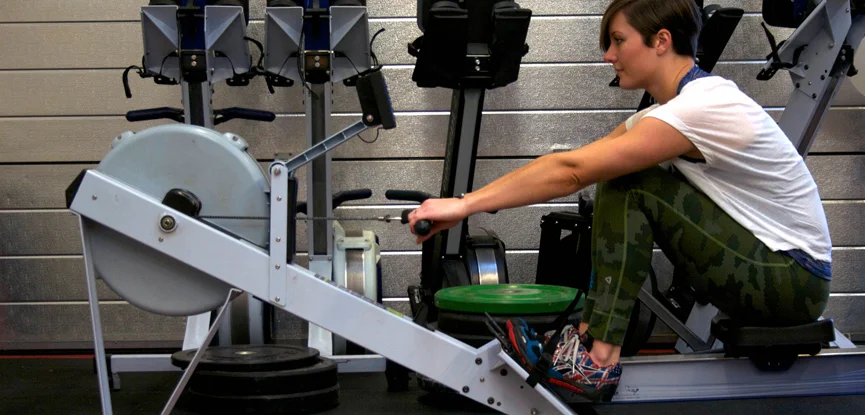Be in the Know
Elevate your industry knowledge with PT articles and insights crafted by experienced industry experts
No matter how long you’ve been in personal training, you never stop learning.
The industry is always evolving and new information or evidence is found every day – that’s just one of the reasons why continued professional development (CPD) courses are so important. But you shouldn’t just rely on courses to progress in your professionalism. Informal learning from experiences, feedback and observation are just as important.
If you don’t know, CrossFit is one of the fastest growing training methods in the world, and for good reason. The things that make it it so popular can easily be picked up by personal trainers and applied to their clients, classes, and even their own training.
Here are five important takeaways from CrossFit that PTs can learn and potentially put into practice to enhance their services:
Variety is the Spice of Life
We all know it; changing things up is good. Not only does variety help to keep people interested and from losing motivation or getting bored, it also helps the body continually challenge itself and avoid plateaus. In CrossFit, no two days are the same. So many personal trainers write a single plan for their clients and expect their clients to stick to the same movements, in the same rep ranges, and the same order. Every single session.

Mix it up! Give your client variations of exercises – a different grip on the deadlift/shoulder press. Progressions; bodyweight instead of weighted; kettlebells instead of dumbbells; a different range of reps to hit; supersets, tri-sets, or even a time-bound AMRAP (as many reps as possible); or EMOM (every minute on the minute). The possibilities are endless.
If every session has a purpose, your client will feel more motivated and be able to assign reason to their training.
Make that purpose clear at the start of the session. After all, we know from our attracting and retaining personal training clients article that keeping existing customers is always easier than getting new ones!
Competition is Good
It’s amazing how much a little competition can fire people up. Not everyone is super competitive, but it’s human nature to work harder when you know someone else might beat you, or catch you up.
Working in a group environment, there’s naturally some competition. In CrossFit, people race against the clock and each other in the workout of the day (WOD). Not only that, but the scores go up on the WOD board each day, allowing all members to see their and their competitors’ scores. This naturally drives people to push themselves harder than they might if training without sight of anyone else.
In a one-to-one PT session it can be difficult to get this competitive feel, but clients can be motivated by being told that their only competition is themselves. After all, as long as they’re improving on what they were before, the results will eventually show.
You could ask them to beat their own number of reps for each round of an exercise, or to get a better quality movement than they did a few weeks ago. Getting to know your clients will help you to identify how they like to be pushed, and what level of competition motivates them.
If you know your client is ultra-competitive, tell them another client is catching them up – they’ll soon find that extra energy to push themselves!
Creating Community Feel
People like to feel a part of something. It’s in our DNA. Teams, communities, military regiments. They all help with a feeling of belonging. If CrossFit should be celebrated for any single thing, it should be its sense of community. The last person finishing a WOD gets more cheers than the first, people support each other, welcome each other, and socialise together.
This feeling can be recreated through the use of social media groups, hashtags, social events, etc. Allow your clients to get to know each other, support and motivate each other, and your community will soon grow.
Creating your own hashtag and encouraging your clients to use it on their posts not only helps them feel part of a community, but helps your business reach more people!
Scaling/Progressions
For every exercise there is at least one way to make it harder and at least one way to make it easier. CrossFit is accessible for everyone. Yes, you may see the likes of Rich Froning and Camille Le-Blanc Bazinet storming through muscle ups, snatches and rope climbs, but absolutely anyone could do CrossFit if they want to.
CrossFit teaches you to look for the regressions and progressions in every movement. Everyone will have to scale something at some point, and you need to know how to do it.

Spend some time practising movements yourself and finding those easier (or harder) alternatives. Take a squat to a sit-down, stand-up to make it accessible, or add plyometrics or instability to make it more challenging. Get your clients to do elevated push-ups, or even standing up pushing themselves away from a wall – you can take exercises right the way back down to the very basics if you need to.
Teaching your clients to be humble and take the ‘easy’ option when their pride makes them want to do the hard one is tough, but worth it when movement patterns are concerned. We always say to leave the ego outside the gym, because no progress will be made for those trying to run before they can walk.
Focus on Quality Movement
Following on from scaling, quality movement is extremely important and trainers who can identify poor movement patterns and know how to verbally cue clients to avoid them are worth their weight in gold. An injured client is an unhappy client, and one that can’t train with you, so you need to look after them. CrossFit coaches (should) spend a huge portion of time going through technique in classes, especially with the Olympic weightlifting movements. Coaches will cue people throughout the session: “keep your ribcage down”, “pull your shoulders back”, etc.

Learn what a movement should look like, and how the body should really move… but remember your boundaries – unless you double up as a sports masseuse or physio, you really shouldn’t be treating your clients.
Find ways of instructing your clients that they’ll understand – analogies are great. Pilates instructors often use analogies like “imagine you’re pulling your belly button away from a burning candle” (when doing the plank) to cue their classes.
Final Thoughts
CrossFit may have had a bad reputation at first, but its growth in the UK over the past few years is testament to its effectiveness. By taking into account these points, and others picked up from experience, you will grow as a trainer and provide value for your clients. Continue to learn and you’ll always be at the top of your game.
Back to articlesAnd get the fast-paced world of personal training delivered straight to your inbox every week
Great news, you're on the list...